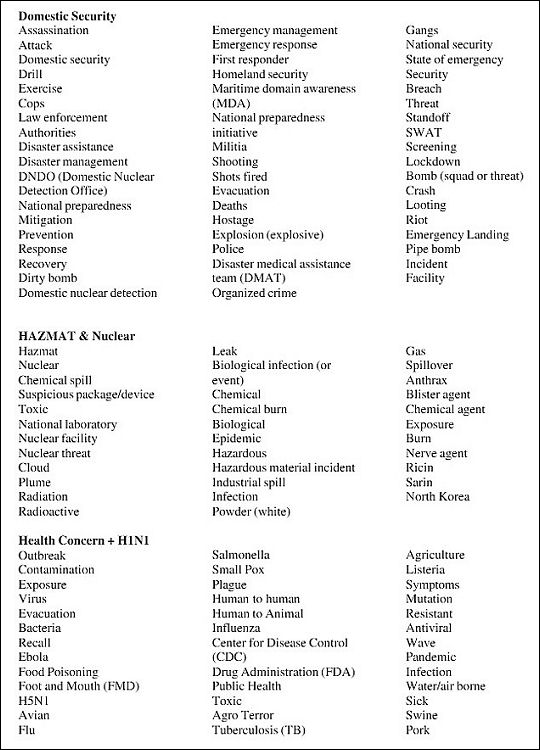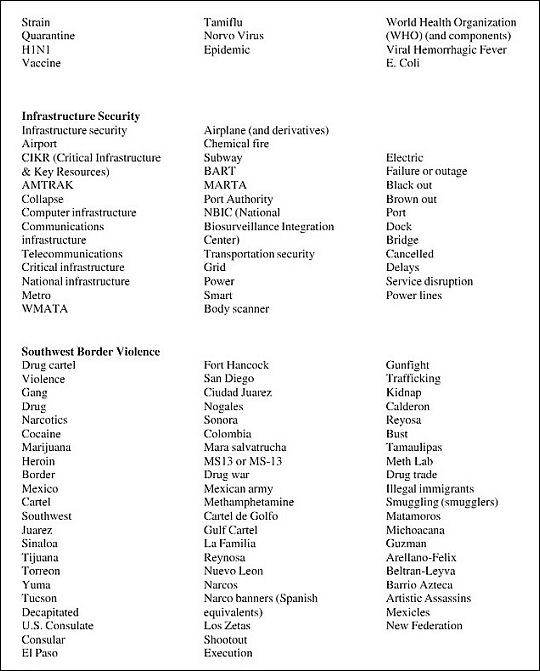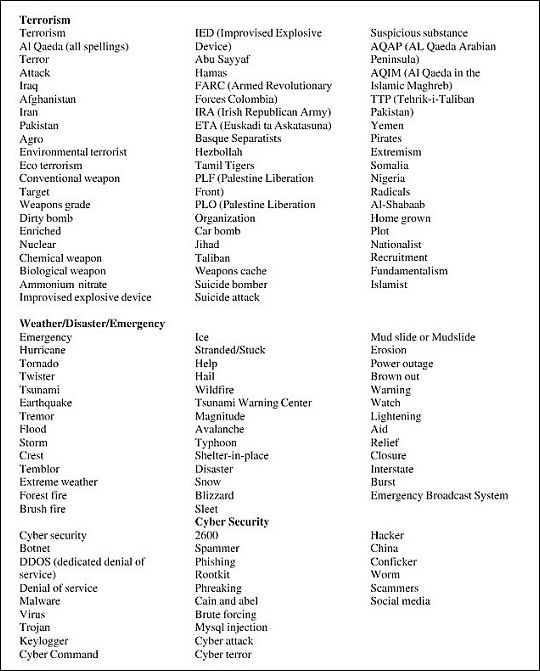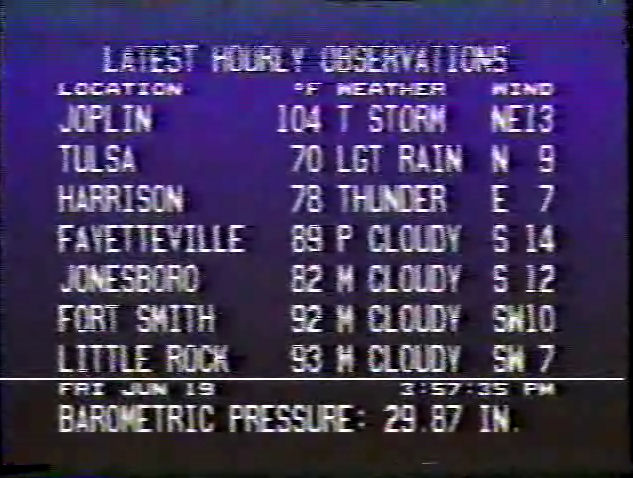
“…I really like it here, I’m quite attached to it, I hope I’m wrong.” – Ben Folds, “Don’t Change Your Plans For Me”
Part of me wants to laugh this one off. Part of me knows better. I’m sure nearly everyone here has heard of the NSA’s enormous Utah data center, though the details are necessarily vague. According to Wired:
…it is the final piece in a complex puzzle assembled over the past decade. Its purpose: to intercept, decipher, analyze, and store vast swaths of the world’s communications as they zap down from satellites and zip through the underground and undersea cables of international, foreign, and domestic networks. The heavily fortified $2 billion center should be up and running in September 2013. Flowing through its servers and routers and stored in near-bottomless databases will be all forms of communication, including the complete contents of private emails, cell phone calls, and Google searches, as well as all sorts of personal data trails—parking receipts, travel itineraries, bookstore purchases, and other digital “pocket litter.” It is, in some measure, the realization of the “total information awareness” program created during the first term of the Bush administration—an effort that was killed by Congress in 2003 after it caused an outcry over its potential for invading Americans’ privacy.
Obviously no mere body of representatives elected by the people was going to stop this, right? 😆 But now we have a better idea of what they’ll be looking for and listening to. The Daily Mail – a British newspaper – has published:
…a list of keywords and phrases it uses to monitor social networking sites and online media for signs of terrorist or other threats against the U.S. The intriguing the list includes obvious choices such as ‘attack’, ‘Al Qaeda’, ‘terrorism’ and ‘dirty bomb’ alongside dozens of seemingly innocent words like ‘pork’, ‘cloud’, ‘team’ and ‘Mexico’. Released under a freedom of information request, the information sheds new light on how government analysts are instructed to patrol the internet searching for domestic and external threats.
Oh. F@#$ing great.
The list has been posted online by the Electronic Privacy Information Center – a privacy watchdog group who filed a request under the Freedom of Information Act before suing to obtain the release of the documents.
In a letter to the House Homeland Security Subcommittee on Counter-terrorism and Intelligence, the centre described the choice of words as ‘broad, vague and ambiguous’. They point out that it includes ‘vast amounts of First Amendment protected speech that is entirely unrelated to the Department of Homeland Security mission to protect the public against terrorism and disasters.’
Let’s get right down to the broad, vague and ambiguous (hey, stop talking about her like that!):



I run a site that summarizes sci-fi TV episodes. I’ve probably used damn near every word on the suspect list, and I’ve probably mentioned weapons-grade tornadoes (since this is tornado alley and all) and hackers who make Atari 2600 games, too.
See ya in Gitmo.
A senior Homeland Security official told the Huffington Post that the manual ‘is a starting point, not the endgame’ in maintaining situational awareness of natural and man-made threats and denied that the government was monitoring signs of dissent.
However the agency admitted that the language used was vague and in need of updating.
I wonder what’ll have to happen for us to find out what’s on the new list? Watch your tongue, citizens.
Admittedly, the notion of using the above lists to sniff out terrorists is almost laughable at face value. But when you couple it with something like the NDAA, which sneaks in provisions for indefinite detention of American citizens within our own borders in the nooks and crannies of a defense appropriations bill, and it’s suddenly just a bit terrifying.
P.S. We have always been at war with Eastasia.


+ There are no comments
Add yours